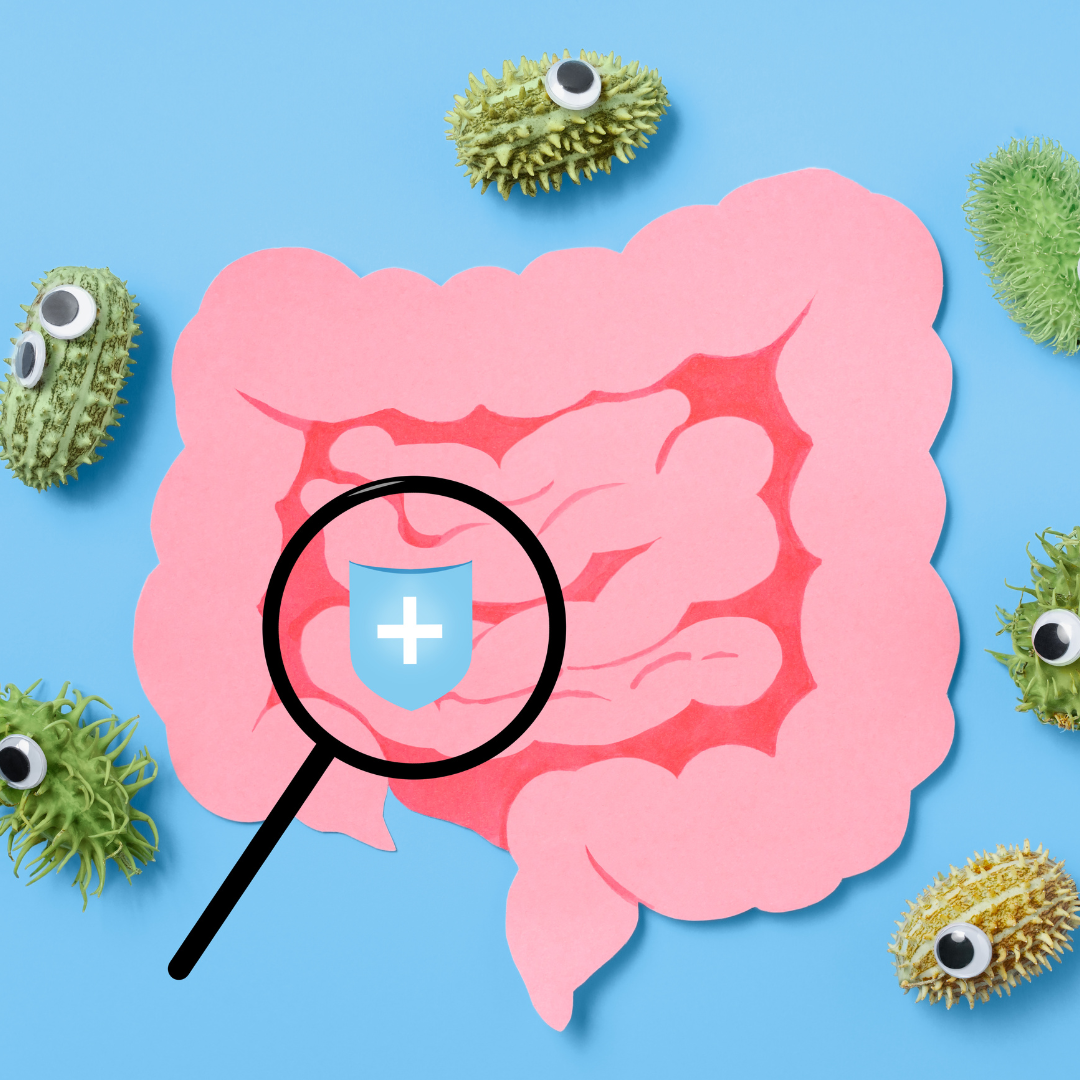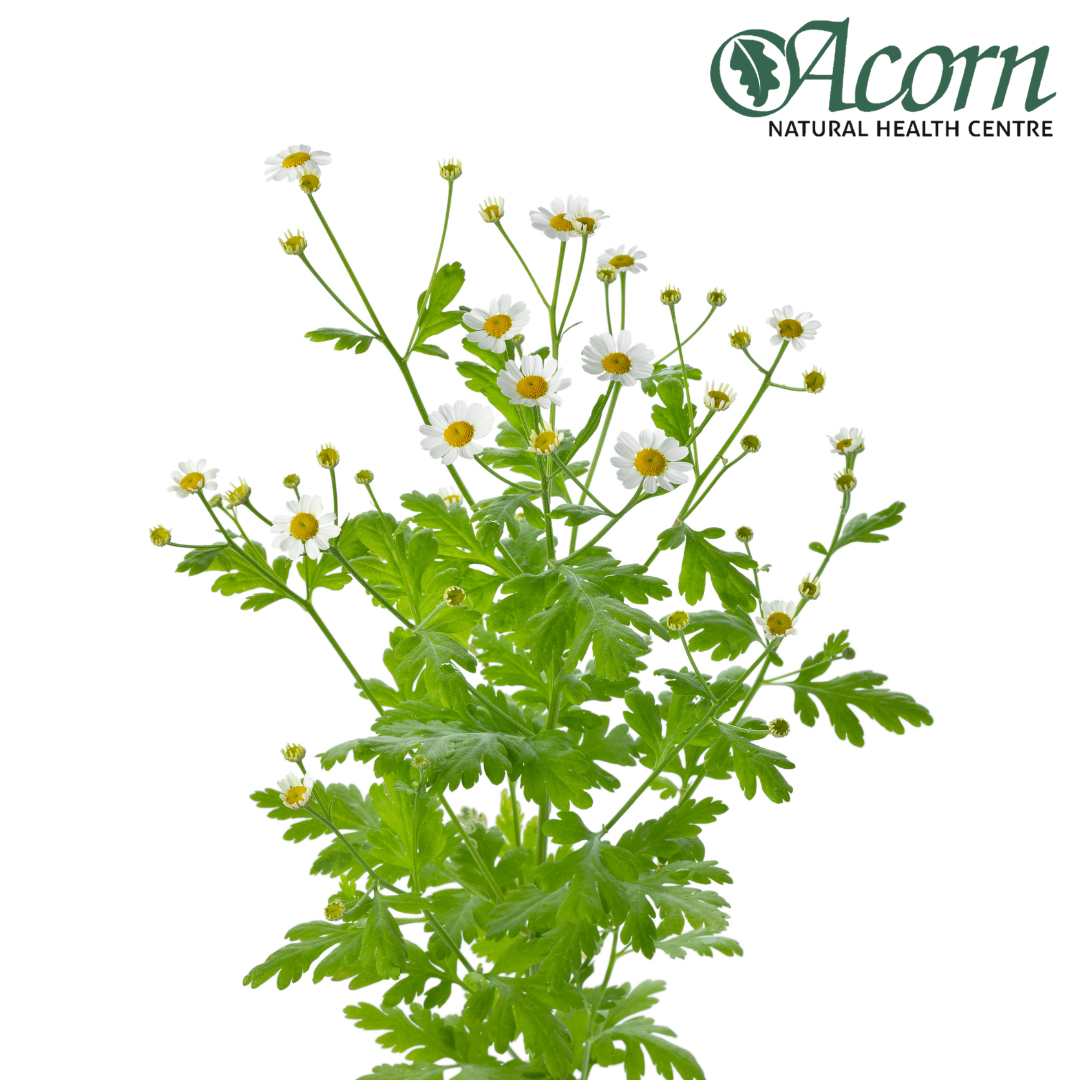Planning a trip and worried about traveller’s diarrhoea? Saccharomyces boulardii (S. boulardii) might just be your gut’s new best friend. This powerful probiotic yeast has been shown to help maintain digestive health and prevent unpleasant digestive issues while traveling. Let’s dive into the research and see how it can benefit you!

What Is Saccharomyces Boulardii? 🍞
Saccharomyces boulardii is a beneficial yeast that acts as a probiotic. Unlike bacteria-based probiotics, S. boulardii is a yeast that helps balance the good bacteria in your gut, supporting overall digestive health.
The Research Behind Its Benefits 🌍🔬
Recent studies have shown that S. boulardii is highly effective in preventing traveller’s diarrhoea, a common issue for many travellers. Here’s a closer look at the findings:
– Traveller’s Diarrhoea Prevention: A comprehensive review of 27 clinical trials involving over 5,000 patients found that S. boulardii significantly reduces the risk of traveller’s diarrhoea. This makes it a reliable choice for maintaining gut health on your journeys. ✈️💧
– Antibiotic-Associated Diarrhoea: The same review highlighted S. boulardii’s effectiveness in preventing diarrhoea caused by antibiotics. This is particularly useful when antibiotics disrupt the natural balance of gut bacteria. 💊
– Additional Uses: Besides traveller’s diarrhoea and antibiotic-associated diarrhoea, S. boulardii has shown promise in managing symptoms related to Helicobacter pylori treatment and enteral nutrition. While it’s also being investigated for conditions like irritable bowel syndrome (IBS) and Crohn’s disease, more research is needed to confirm these benefits. 🌿
Why Is This Important for You?
S. boulardii is a well-tolerated and effective probiotic that can be a game-changer for your gut health, especially when traveling. Its ability to reduce the risk of diarrhoea and support digestive balance makes it a valuable addition to your wellness routine.
Please remember to always consult with your healthcare provider before starting any new supplement, including S. boulardii, to ensure it’s appropriate for your individual health needs. 🩺
For a deeper dive into the research:




